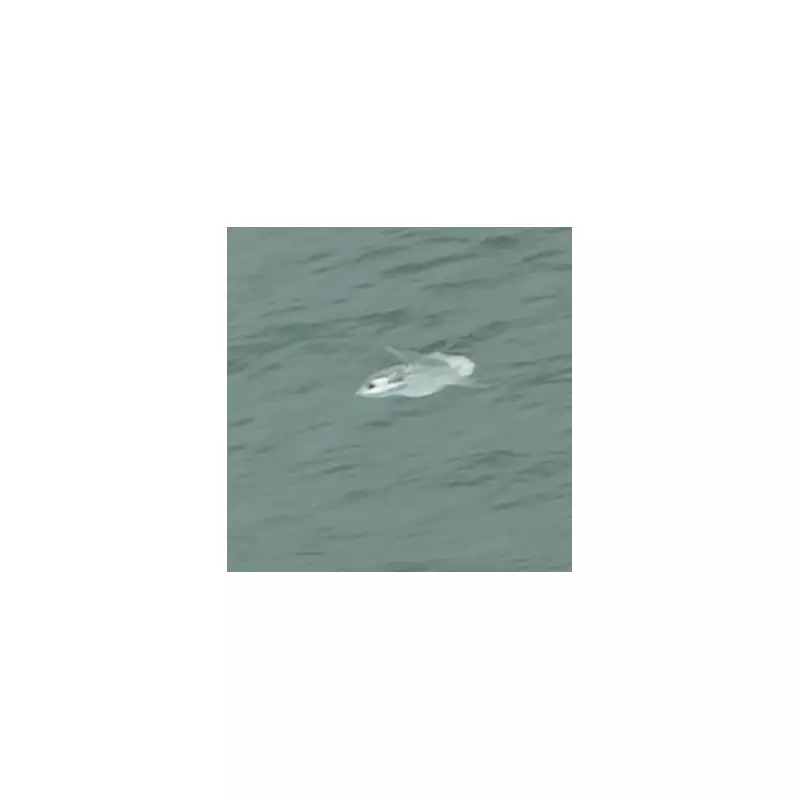
Beachgoers in the UK were treated to an extraordinary spectacle when a rarely seen giant ocean sunfish washed ashore, leaving onlookers stunned. The enormous creature, known scientifically as Mola mola, appeared on the coastline in what marine experts are calling a "remarkable" event.
A Once-in-a-Lifetime Sighting
Witnesses described their amazement at seeing the colossal fish, which can grow up to 3 metres in length and weigh over 2,000 kg. "It was like nothing I've ever seen before," said one local resident. "At first we thought it might be a small whale, then we realised it was this incredible flat fish just lying there."
Why Did This Deep-Sea Giant Come Ashore?
Marine biologists suggest several possible explanations for this unusual sighting:
- Changing ocean currents bringing warmer waters closer to shore
- The fish may have been ill or disoriented
- Following food sources that strayed into coastal waters
"While not unheard of, it's extremely rare to see these magnificent creatures so close to land in UK waters," explained Dr. Sarah Jennings, a marine ecologist. "They typically inhabit deeper, open ocean environments."
Conservation Concerns
The appearance of the sunfish has sparked conversations about marine conservation. "These sightings remind us how little we know about ocean life and how important it is to protect marine ecosystems," Dr. Jennings added.
Local authorities worked quickly to ensure the safety of both the public and the animal. While initial reports suggested the sunfish might be stranded, experts confirmed it was already deceased when it washed ashore.
Photographer's Dream
The unusual visitor provided a golden opportunity for wildlife photographers. "I've been shooting marine life for 15 years and never seen anything like this," said professional photographer Mark Ellison. "The sheer size and unique shape made for some once-in-a-career shots."
The sunfish's distinctive circular body shape and lack of a visible tail make it one of the ocean's most peculiar inhabitants. Despite their massive size, they feed primarily on jellyfish and other small sea creatures.





